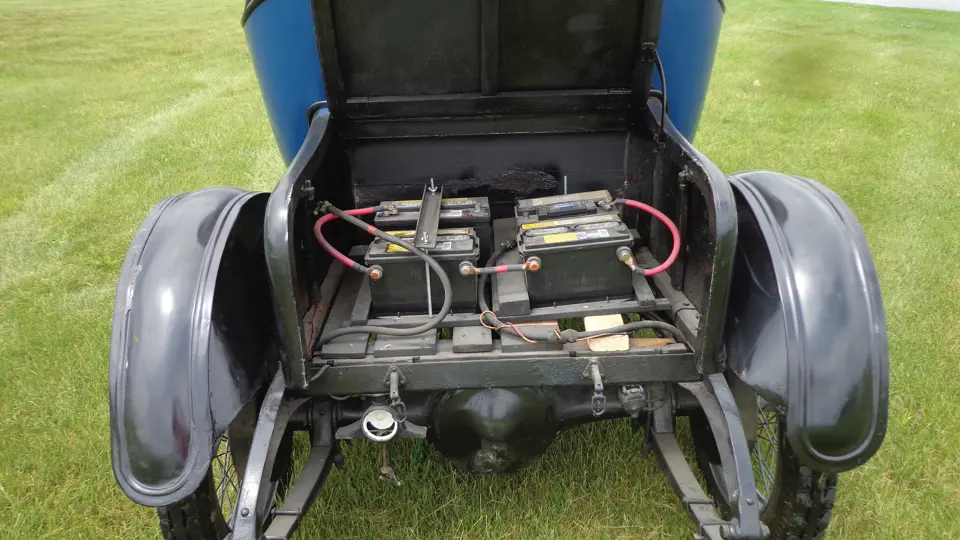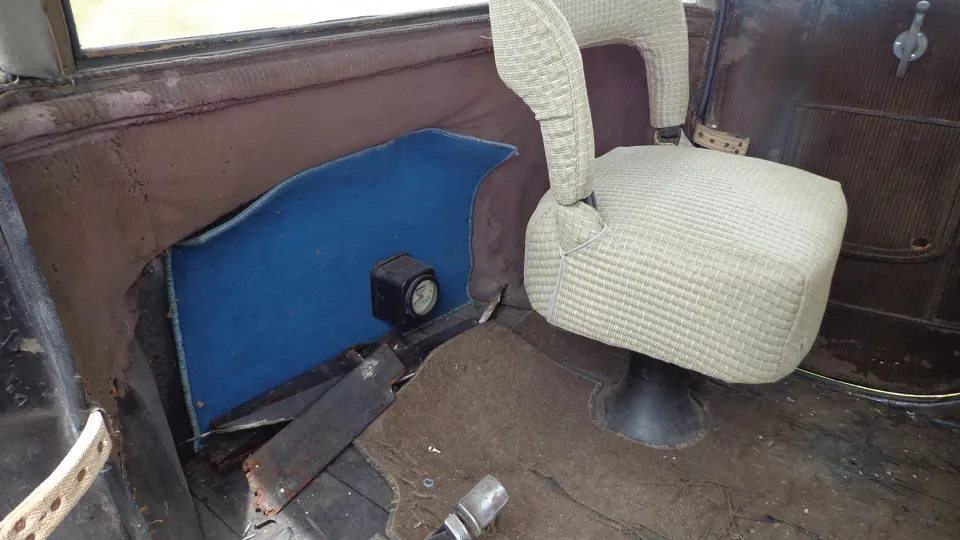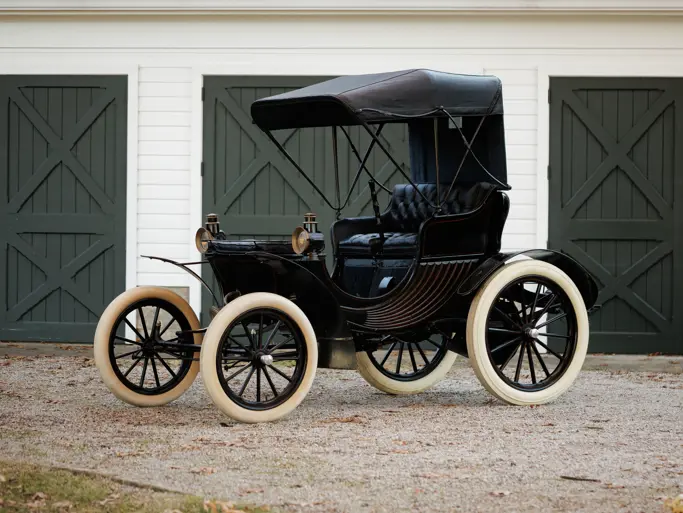Model 75. 4.3 hp, 84-volt DC motor, five-speed controller, solid front axle and live rear axle with semi-elliptical leaf springs, and two-wheel mechanical brakes. Wheelbase: 100 in.
The Anderson Carriage Company was founded in 1884, but not until 1907 did William
Anderson enter the automobile age. His initial venture was an electric roadster designed by engineer George M. Bacon. By Christmas, 125 had been built, with 400 in 1908. Within two years, production had exceeded 1,000. Coupe and Victoria styles joined the runabout in what has been called the “classic age” of the electric car. Batteries had improved, and increasing electrification of America meant that more people could charge their cars at home. The cars were always called Detroit Electrics, but the company was not renamed to suit until 1919, after Anderson retired.
In 1910, Anderson bought the Elwell Parker Company, of Cleveland, formerly suppliers of motors to rival Baker and others. The following year, the firm introduced chainless direct-shaft drive, with no gear reduction between motor and axle. Over the course of its 30-some-year lifespan, the Detroit Electric Car Company produced more electric automobiles than any other American passenger car manufacturer. By 1920, most makers of electric cars had left the field, but Detroit and a few others held on. The company started to update its cars to make them look more like gas-powered automobiles, and the company actually survived into the early years of World War II.
The Type B Detroit Electrics were introduced in 1915. They were less-expensive models intended to compete with lower-priced competitors like Milburn. Type B cars had a standardized controller and reverse switch located under the seat, and Edison batteries were no longer offered. Standard colors were Detroit Grey-Green, Royal Blue, or Brewster Green.
This car’s early history is not known, but it is one of the last Detroit Electrics to have been built at the original main factory complex in Detroit. For more than three decades, it was owned by George Craig, a dentist in Washington State, and his sister Mary Selby. It was left to them in the early 1980s by an uncle, who had bought two Detroit Electrics during World War II, perhaps as a hedge against gasoline rationing.
Over the years, the Detroit Electric has been repainted, and the interior is in need of work. Some of the upholstery has been covered over with modern fabric, and some interior panels are missing. It is basically solid but is outfitted with modern batteries. Driving well, it is an excellent candidate for restoration.


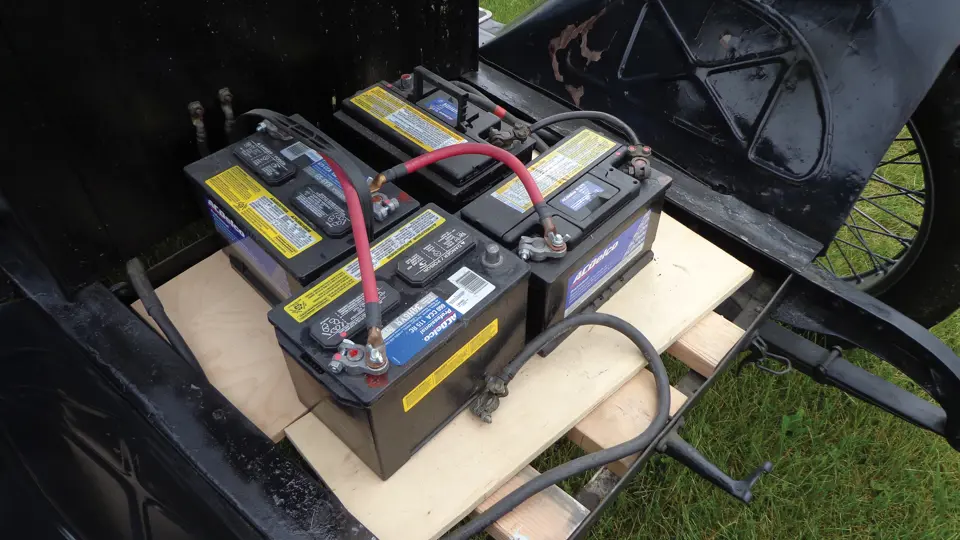

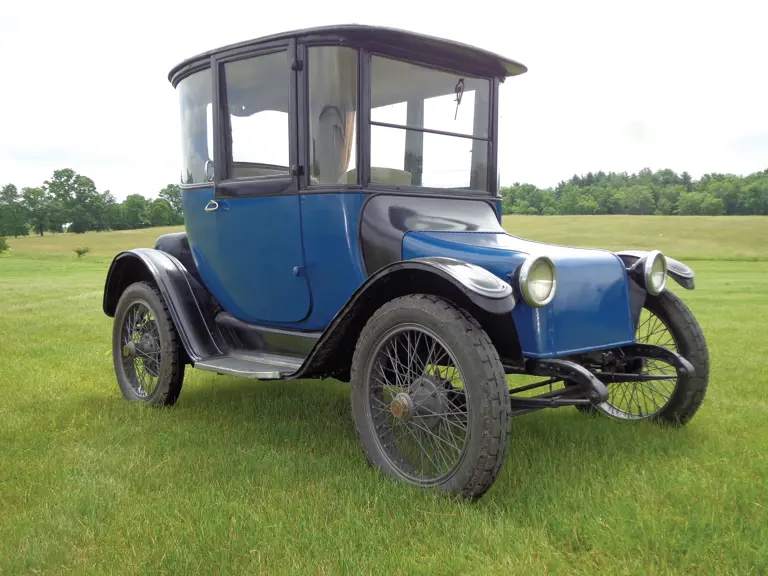

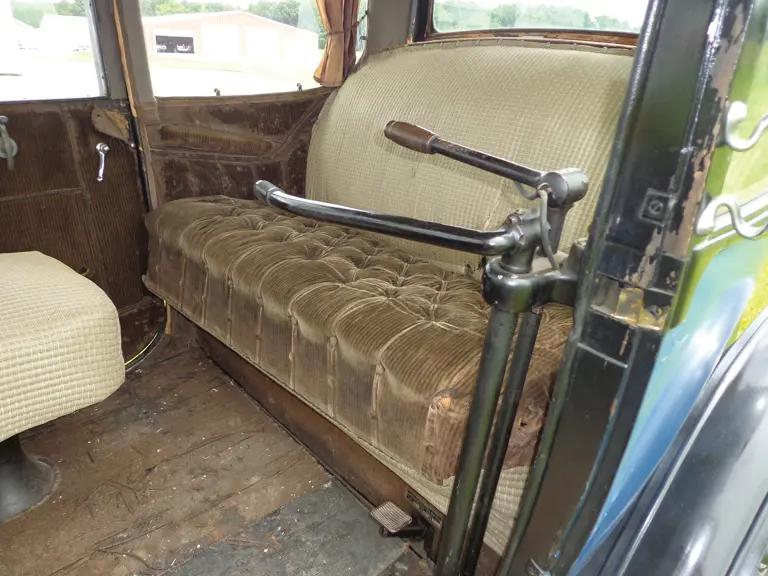

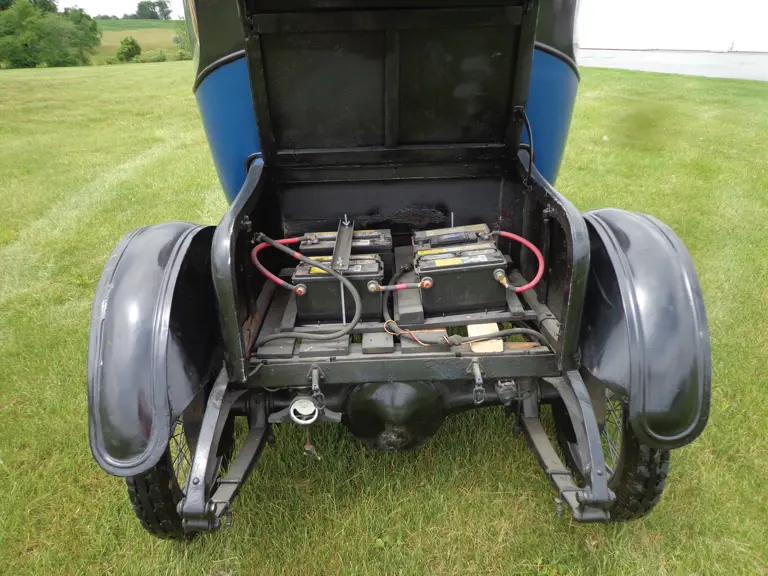
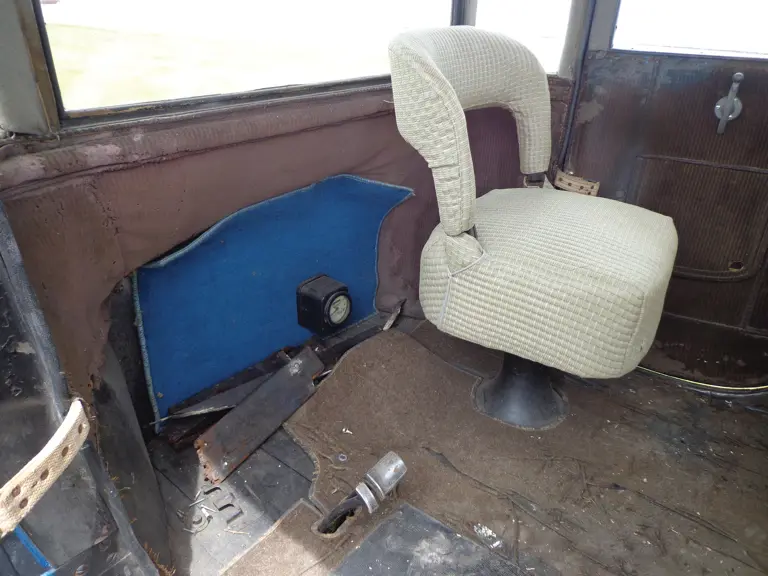
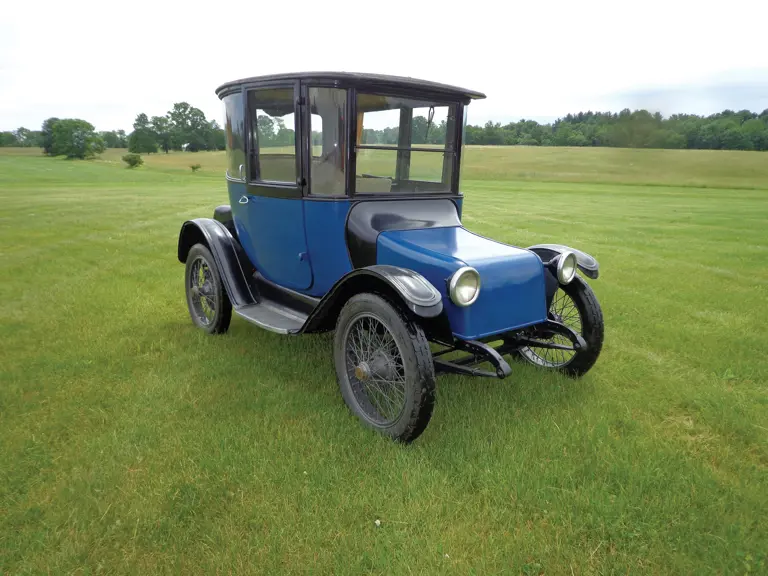

 | Hershey, Pennsylvania
| Hershey, Pennsylvania
